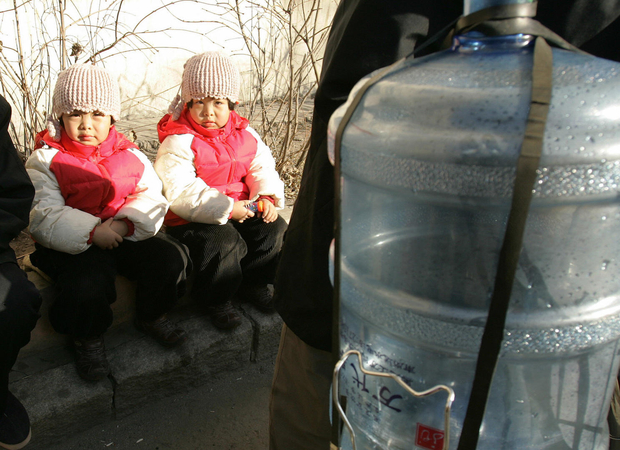First Hui Street of China
on May 4, 2016
Workers decorate artificial trees on the “First Hui Street of China.”

Workers decorate artificial trees on the “First Hui Street of China.”

Waiting for prayer to begin inside the Najiahu Mosque.

A Hui tour guide gives visitors an introduction to the “Islamic Civilization to the World” exhibit in the Aisha Palace.

A store inside the Aisha Palace sells souvenir scarves. The mirror reflects a mannequin wearing an example of a traditional Arab outfit, often known as a dishdasha or a thawb, that was donated by the Embassy of Kuwait in Beijing.

Currently only mud and sand, plans to develop a Hui culture library and other buildings on this piece of land are part of the second and third phases of park construction.

Workers attend to the landscaping in front of Ningxia International Hall, which was completed in 2015 and was the site of the China-Arab States Expo the same year.

Visitors take a selfie in front of the Taj Mahal-inspired main entrance to the Hui Culture Park. The park’s name is inscribed in yellow over the gates.

David O’Connor was an intern at the Asia Society Center U.S.-China Relations. He was a student at Hunter College, class of 2017, where he studied Economics and Chinese. He studied and lived in France after graduating high school and has studied Chinese at National Taiwan University.
For many Chinese, the country’s soil pollution crisis has become increasingly acute in recent weeks after several hundred children fell ill from attending a school built close to a former fertilizer factory.
Almost 500 students at the Changzhou Foreign Languages School suffered symptoms such as skin inflammation, eczema, and bronchitis after taking lessons at a school that had only been open for six months, raising questions about what the school authorities knew.

Propaganda officials warn state media off using moniker after push to portray leader as man of the people appears to backfire.